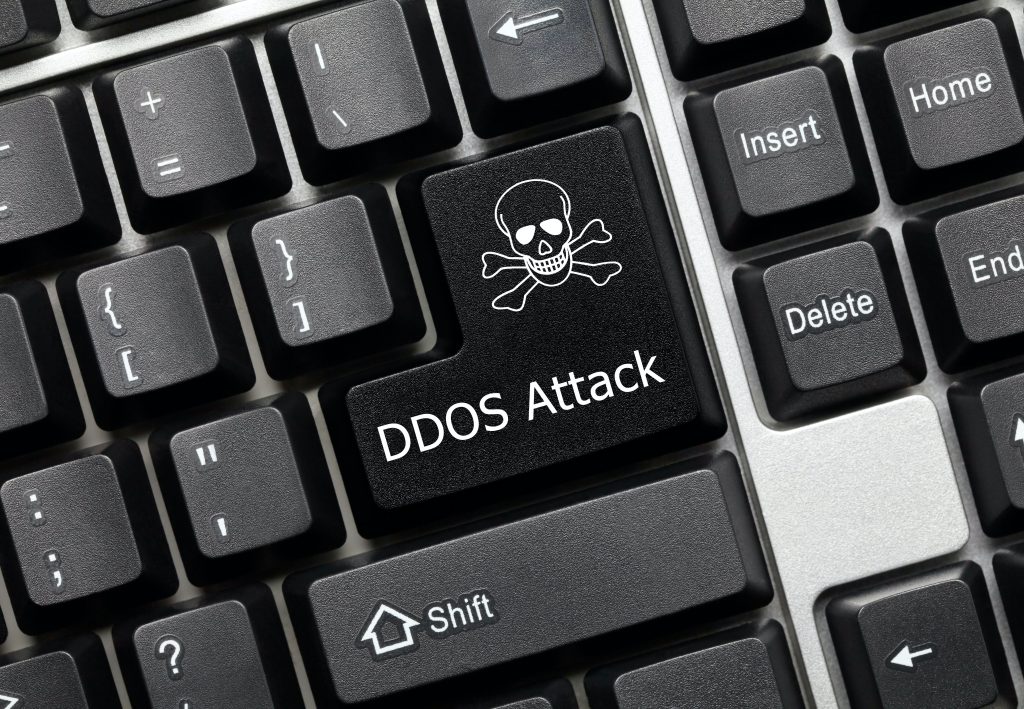Tech company Google recently slowed down the world’s largest DDoS attack to date, which hit the IT giant’s cloud with up to 46 million requests per second.
The high number of requests equates to all global Wikipedia visits within a day compressed to less than ten seconds, and it was an attempt to push Google’s cloud service so hard that it crashes.
With the help of analytics of incoming traffic, Google was able to intervene and redirect the attack, so that it would not affect the company’s customers. Google previously warned that DDoS attacks will become larger and more difficult to prevent in the future.
76% greater than previous attacks
DDoS stands for Distributed Denial of Service and is a term referring to attacks directed at a company’s web servers, with the intention of causing websites and other online services to crash.
In DDoS attacks, the term botnet is used, which is a combination of “robot” and “network”.
Thus a botnet consists of a network of computers that take part in a DDoS attack to bombard web servers with so many requests per second that the servers go down and as a result, for example, email services are no longer available.
In the latest attack on Google, which is 76% larger than the largest DDoS attack to date, the attack started with 10,000 requests per second, and then quickly grew in strength.
Computers from 132 countries were involved in the attack, and the vast majority of strikes against Google firewalls came from Brazil, India, Russia and Indonesia.
Is your computer part of the attack?
Before the start of a DDoS attack, the suspicious people behind the attack took control of a large enough computer resource, which can generate all the requests.
These resources are commonly called zombies, which are directed by the thousands towards a target such as Google’s cloud services, which include, for example, Gmail and the IT giant’s office suite.
The people behind the attack use the computing power of zombies in, say, bots or to send massive amounts of spam to people’s inboxes. The zombie designation is used because in many cases PC owners are unaware that their PC is being used in an attack.
If your computer or smartphone becomes sluggish or is behaving strangely, you may want to check if it is possible that it is a zombie in bots.
You can do this by running your recently updated antivirus, checking your list of applications and looking for strange programs, prevention by avoiding visiting suspicious websites and never downloading and opening files if you are not sure of their content.
DDoS can be a transformative maneuver
In the past, IT security companies have warned that in up to 75 percent of cases DDoS attacks are used as diversionary maneuvers for more serious hacking attempts against companies.
For example, it could be targeted emails containing malware, being sent amid chaos, while botnets surround company web servers.
Already in 2020, Google has identified the development of DDoS attacks, and the trend is showing an exponential increase. Among other things, there are now on average twelve times as many applications as in 2010.
The increase is occurring, among other things, in line with the fact that 30 billion devices – everything from toasters, street lights and parking meters – are expected to be connected to the so-called Internet of Things (IoT) before 2025.
IoT devices are often used as zombies, as they rarely have the same password and security protections that most people have installed on their personal computers.

“Entrepreneur. Freelance introvert. Creator. Passionate reader. Certified beer ninja. Food nerd.”







More Stories
Logitech Steering Wheel News: New Steering Wheels, Gear Lever, and Handbrake in Direct Drive Series
Garmin Launches inReach Messenger Plus App
Why Rare Earth Metals for Electric Cars Are Crucial for Modern Mobility